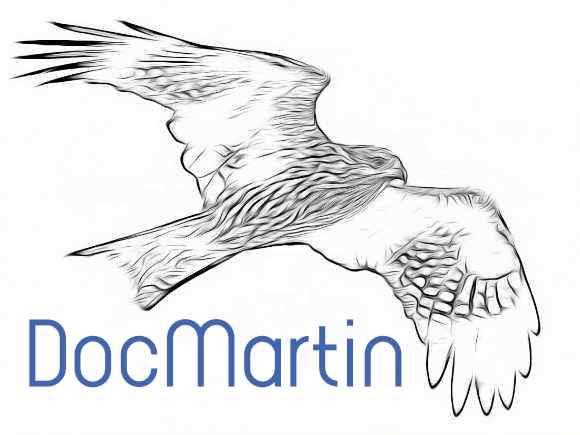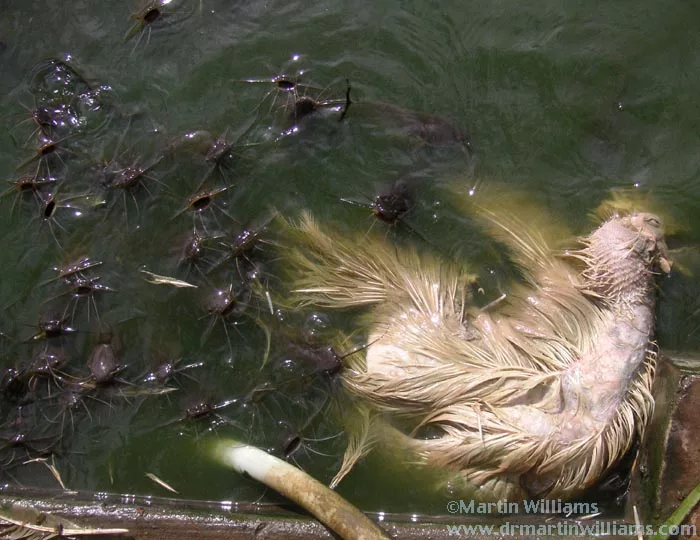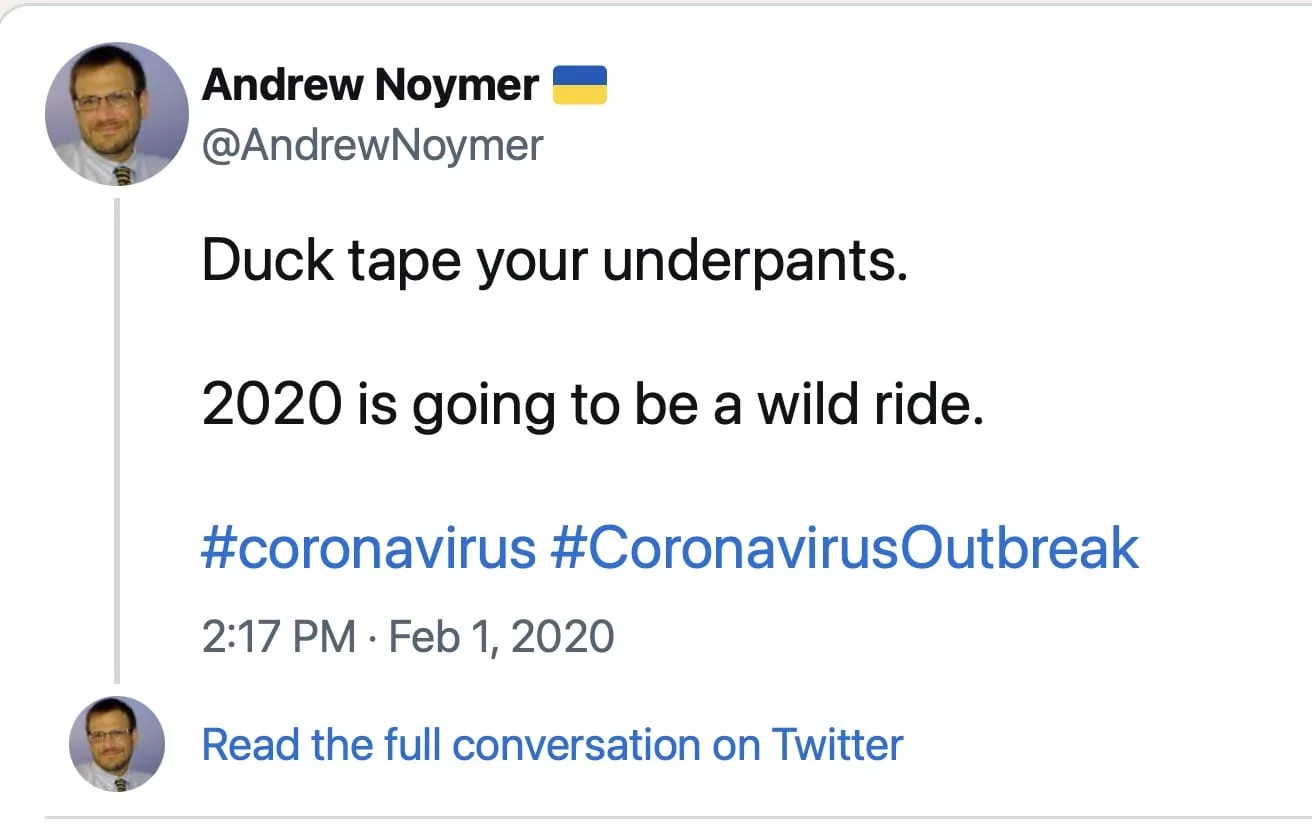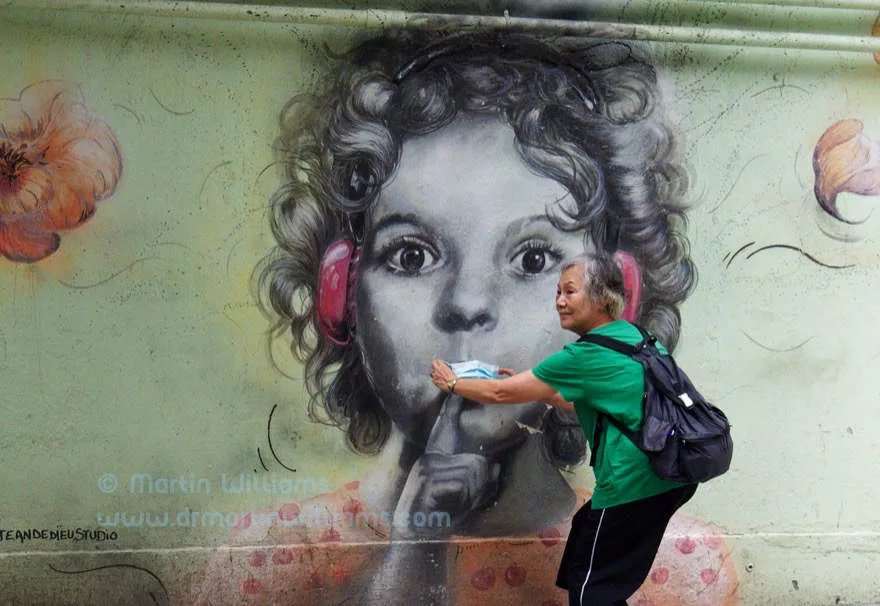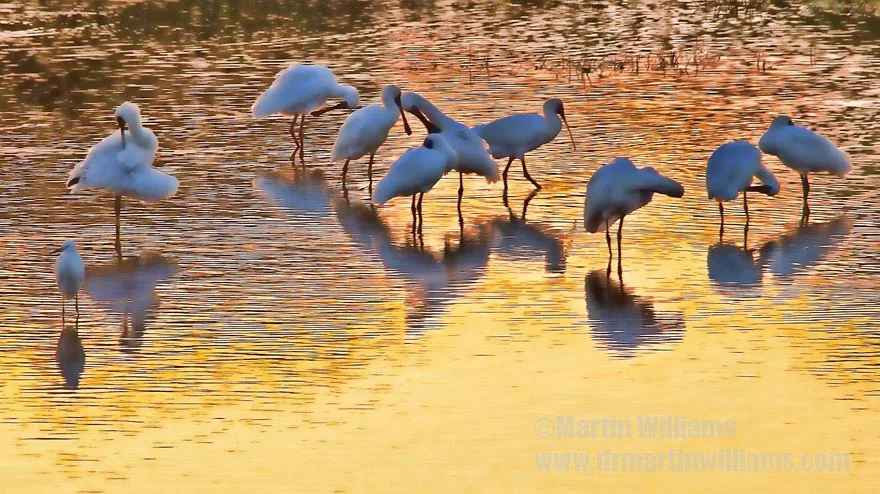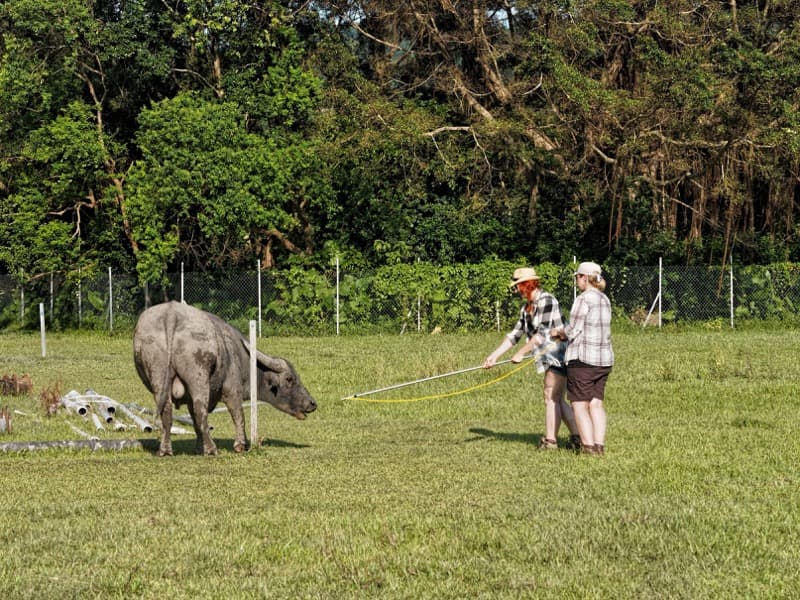In autumn 1995, I spent several days in Beijing’s Institute of Vertebrate Paleontology and Paleoanthropology (IVPP), working on a story about dinosaur hunting. Though I heard tales of finding dinosaur bone beds, and saw fossils including a stegosaur tail club casually left on a sofa, my greatest surprise came as a professor offered to show me some new discoveries.
Weeks earlier, a new bird fossil from China had become world news. Known as the “holy Confucius bird”, it was said to be almost as old as the first known bird, Archaeopteryx, but differed partly as its beak had no teeth. Just eight specimens of Archaeopteryx were known since the first was discovered in 1861, and this was only the second kind of bird from the Jurassic.
So I was startled when the professor took me to his room, opened a small box, and showed me another Confucius bird. Then he reached onto his shelves, and took down two new Jurassic bird fossils – one of which was the size of a warbler with a ridge along its breastbone indicating it was a far better flyer than Archaeopteryx or the Confucius bird. Elsewhere in the institute, a technician was preparing another Confucius bird specimen, meticulously removing fine-grained rock to expose tiny bones, and feathers.
The professor, Hou Lianhai, had previously studied thousands of recent bird fossils from Zhoukoudian, the Peking Man site. With these new discoveries, he was shifting focus to what has proved to be one of the world’s greatest fossil areas, yielding specimens including feathered dinosaurs and early birds.
The fossil beds are in Liaoning province, northeast China. Here, during the age of dinosaurs, the climate was temperate, and the landscape was dotted with lakes: excellent conditions for a rich variety of creatures. Volcanoes in Inner Mongolia sometimes erupted, showering the area with fine ash that preserved plants and animals in astonishing detail.
While fossils tend to preserve only hard, durable shells and bones, this “Mesozoic Pompeii” even features insects like water bugs, dragonflies and ants. Local farmers have discovered they could make more money selling outstanding fossils than growing crops – indeed, the first Confucius bird specimen was bought in a market by an amateur palaeontologist who showed it to Hou and colleagues.
Although the fossils may be stunningly detailed, studying them has not always proved straightforward. A reassessment of the age of the Confucius bird and the other fossils that Hou showed me revealed that they are not from the Jurassic, but belong to the early Cretaceous – making them still among the earliest birds, but around 30 million years younger than Archaeopteryx.
But the biggest blooper with the Liaoning fossils arose as, in November 1999, National Geographic loudly and proudly unveiled Archaeoraptor, billed as “a missing link between terrestrial dinosaurs and birds that could actually fly”. National Geographic had published despite some scientists’ reservations, and the next year had early bird’s egg on its face, retracting the story with an acknowledgement that the specimen was a “composite”. Its top half came from one species, the bottom from another, and even tiny fossil parts had been carefully added to make it more saleable.
Creationists seized on the debacle to claim it was evidence against the theory of evolution; one website absurdly and unscientifically concluded, “God’s Word never changes and must therefore be the basis for all our thinking”. But for anyone really thinking, the Liaoning fossils offer a wealth of insight into the origins of birds, albeit without simplistic missing links.
Feathered dinosaurs
The most important fossils include feathered dinosaurs, which are clearly not birds but strongly substantiate the theory that birds evolved from dinosaurs. This notion was first proposed by biologist British Thomas Huxley in the late 19th century, as he observed similarities between Archaeopteryx and a small theropod. Theropods are two legged dinosaurs that include the legendary Tyrannosaurus rex, as well as a host of smaller species.
Arguments have raged over whether such similarities are merely coincidental, with some scientists believing birds were derived from ancient reptiles. But the relative wealth of feathered theropods found in Liaoning has made the reptile origin look increasingly unlikely. These feathers may have first evolved to regulate temperature, as well as for colourful plumages to attract mates.
By far the largest of the feathered dinosaurs was Yutyrannus huali, a nine-metre long carnivore weighing over a tonne, whose name means “”beautiful feathered tyrant”. No one is suggesting this is a bird ancestor, though it may be allied to the younger T. rex, which went extinct along with other dinosaurs at the end of the Cretaceous, 65 million years ago. Professor Xu Xing of the IVPP led the study of Yutyrannus, and suggests its feathers had a display function.
Feathers did, however, help small dinosaurs fly – such as the four-winged dinosaur, Microraptor. Less than a metre long and weighing under a kilo, this had extensive feathering along both its front and hind legs, and may have glided between trees rather like today’s flying squirrels.
Then, of course, there are the bird fossils found alongside the dinosaurs. Confucius birds are the most abundant of these, with hundreds of specimens now in museums. They are the first known birds with true beaks, though perhaps belong to a side branch of birds that became extinct.
At times, it is hard to tell if a fossil should be classed as a dinosaur or a bird. In 2011, Nature reported that the discovery of a new Liaoning dinosaur had, “knocked Archaeopteryx off its perch as the first bird”. This was partly because the skull shape of Archaeopteryx was similar to the new dinosaur, but differed from early birds. Soon, counter-arguments appeared.
And last month, Nature published a study by researchers including Pascal Godefroit of the Royal Belgian Institute of Natural Sciences, who restored Archaeopteryx to the bird lineage, and described a new species they considered to be an even earlier bird, Aurornis xui. “In my opinion, it’s a bird,” Godefroit told Nature. “But these sorts of hypotheses are very controversial. We’re at the origins of a group. The differences between birds and [non-avian] dinosaurs are very thin.”
Given the slender differences and the abundance of Liaoning fossils, expect more remarkable insights into the dawn of the birds. And as you walk around and see black kites soaring over the city, you might wonder: since dinosaurs evolved into birds, what might today’s birds evolve into in future?
Early warnings of climate change
While climate change resulting from human activities might seem a new-fangled concept, there have been on-point predictions dating back many years.…
Ignoring Science Makes Global Climate Disaster as Inevitable as Titanic Submarine Implosion
Climate change has been prominent in worldwide news this summer (2023), notably as we have just lived through the hottest week…
Have you been bullied into health? Fear, quackery and Covid
So here we are with our modern-day wonder, the internet – where even with a smartphone, you can search for and…
Never mind the antimask-o-sphere. Science shows face masks help reduce Covid spread
Just had one of those silly Twitter “conversations” with someone who had position so fixed, impossible to change with facts. Yeah,…
A Covid scrapbook: snapshots from the crazy pandemic
I’ve read accounts of the Spanish Flu, which was the last major pandemic, mainly in 1918 [so over and done with…
Highly pathogenic bird flu variants mostly evolve in intensive poultry farming
Highly pathogenic bird flu variants evolve from regular, low pathogenic, bird flus, within intensive poultry farming.
Keep Your Underpants Duck Taped and Air Clean as Covid Wild Ride Continues
We’ve learned a lot about Covid, even developing vaccines. Yet Covid remains an issue, no matter how much we might wish…
Covid is airborne so ventilation and air filtration are important
Since early in the pandemic, I’ve been seeing scientists arguing Covid is airborne, even with hashtag #covidisairborne – including to counter…
Long Covid – info and links indicating major impact
Evidence is snowballing that Long Covid is also a serious issue, even affecting people in whom the disease initially appeared mild.
Perhaps Covid arose through lab leak of tweaked bat Coronavirus
Maybe humans tweaked bat coronaviruses in gain of function experiments, inadvertently creating Covid thro lab leak.
The Covid Conundrum: Endless Lockdowns, Let It Rip … or What?
Covid is airborne, which means that much as unprotected sex is a risk for HIV, unprotected breathing might result in Covid.
Science shows Covid including Omicron is Really Not the Flu
Some of the science showing Covid including Omicron is a huge issue; and one that looks set to be with us…
“Alarmist” Covid predictions outperform Covid deniers’ soothsaying
The disinfo downplaying Covid is often from rightwing, mainly money-minded folks who perhaps don’t care too much about actual people.
Covid virulence, vaccines and variants
Science can provide some insights into what may happen with Covid, along with ways to limit its impacts.
We’re in the Covid Era for the Long Haul
We’re in this for the long haul, with the virus like a relentless, invisible foe, ready to exploit errors, slip through…
My Strange n Surprising Summer Staycation with Cellulitis
rom quick pricking by unseen marine creature, to intense fever, and hospital stay for an infection deep within the skin.
Covid virulence, vaccines and variants
[Written for South China Morning Post on 6 January 2021] In January last year, as reports were emerging of the new…
The Viral Time Bomb – Pandemic of Our Time
Guan Yi, director of the State Key Laboratory of Emerging Infectious Diseases at Hong Kong University, has extensive experience of viruses;…
From China With Fear: the Wuhan Coronavirus Won’t Kill Us All
As news of Wuhan coronavirus emerges, evolutionary biology suggests potential for a pandemic, not killing high percentage of people.
Fightback Needed as Science and Life Support System Under Attack
Environmentalism is under assault; yet this planet is the only home we have; providing our food, air, water… It’s our life…
Secret World of Hong Kong Water Supply
Hong Kong’s water supply system has been vital to its development as a “world city”.
Hong Kong Belching Buffaloes n Bubbling Paddies and the Mystery Methane Rise
Prof Euan Nisbet leads a science team to Hong Kong in quest to help find why levels of potent greenhouse gas…
